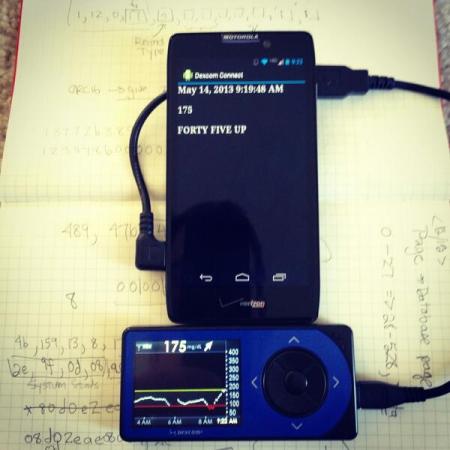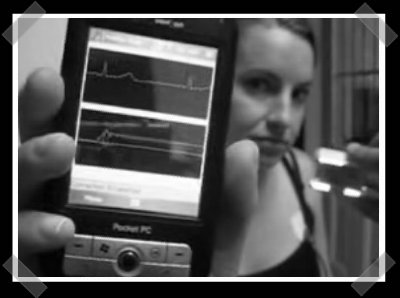More and more of the ‘smart’ gadgets like watches and phones that we carry around with us these days come with features that we’d not care to ever need. Since these are devices that we strap onto our wrists and generally carry in close proximity to our bodies, they can use their sensors to make an estimation of whether said body is possibly in the process of expiring. This can be due to a severe kinetic event like a car crash, or something more subtle like the cessation of the beating of one’s heart.
There is a fairly new Loss of Pulse Detection (LoPD) feature in Google’s Pixel Watch 3 that recently got US FDA approval, allowing it to be made available in the US after previously becoming available in over a dozen European countries following its announcement in August of 2024. This opt-in feature regularly polls whether it can detect the user’s pulse. If not found, it cascades down a few steps before calling emergency services.
The pertinent question here is always whether it is truly detecting a crisis event, as nobody wants to regularly apologize for a false alert to the overworked person staffing the 911 or equivalent emergency line. So how do you reliably determine that your smart watch or phone should dial emergencies forthwith?

















